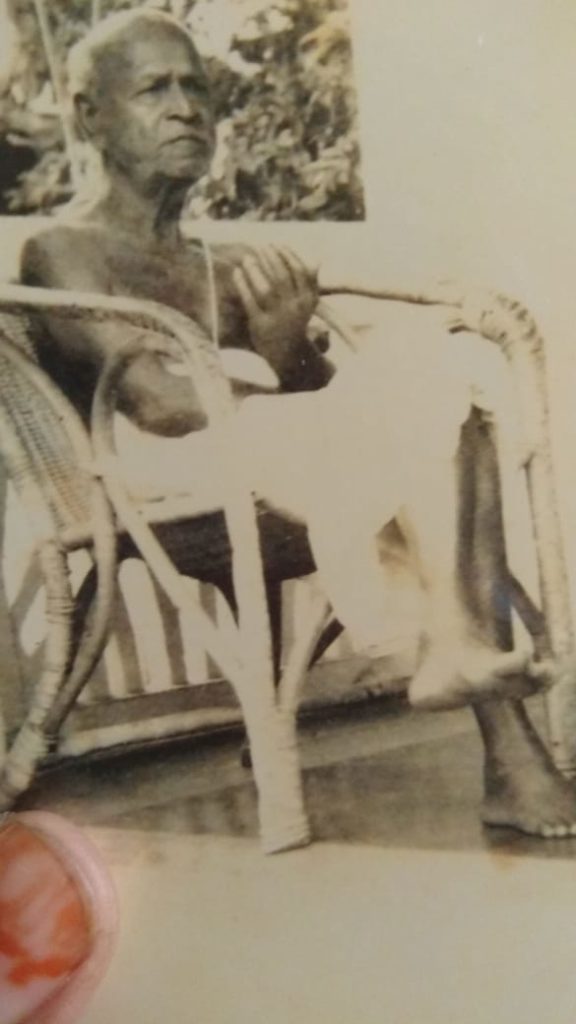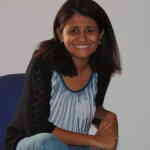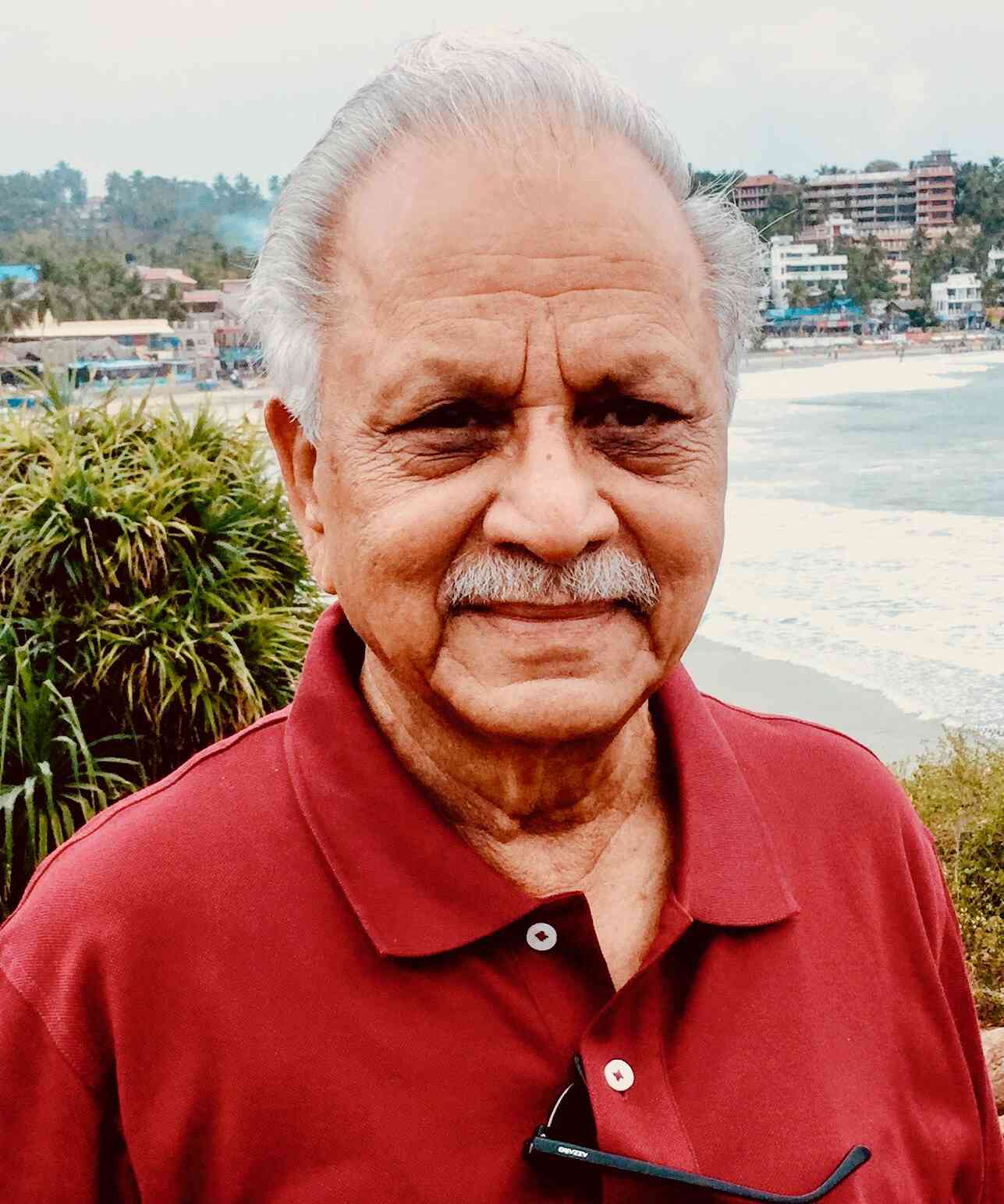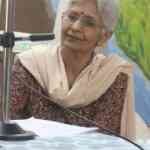The Flu That Came A Hundred Years Ago
The Spanish Flu epidemic of 1918-20 that swept through India had some similarities with the current COVID-19 pandemic. We spoke to seniors who dug into their family archives to tell us how it impacted and changed some lives forever.
Did you know that a century ago, India was in the grip of an Influenza pandemic similar to COVID-19 that claimed 50-100 million lives worldwide? Called the Bombay Fever or the Spanish Flu, about 18 million lives were lost in India due to this epidemic, with many families losing their loved ones. Interestingly, the world had just come out of a devastating war and this flu killed more people in India than the war did. The Spanish Flu started in what was then Bombay when the ports were busy with the movement of troops and goods at the fag end of World War I. The first ones to get the strains of the virus were sepoys posted at the docks after which it spread rapidly through Bombay and the rest of India between 1918 and 1920.
Some families were wiped out like that of the poet Suryakant Tripathi Nirala.
The Caravan magazine mentions that in his memoir, A Life Misspent, the poet had this to say: “The Ganga was swollen with dead bodies. At my in-laws’ house, I learned that my wife had passed away. This was the strangest time in my life.”
“My family disappeared in the blink of an eye. All our sharecroppers and labourers died, the four who worked for my cousin, as well as the two who worked for me. My cousin’s eldest son was fifteen years old, my young daughter a year old. In whichever direction I turned, I saw darkness…” Nirala wrote.
Sometimes, despite the darkness, there was hope and light. Lives were devastated and altered forever by the death of a dear one but there were new beginnings too.
Encouraged by our reader Kala Sunder, we reached out to senior citizens to find if their families had been impacted by the epidemic almost 100 years ago and found one of the most uplifting stories:
Geetha Chandrasekharan’s aunt, Subhadra Devi, 88, lost her young maternal uncle to the Spanish Flu. He left behind his child bride, a young widow of 12 called Rajammal. Despite their grief, Rajammal’s in-laws ensured that her life wasn’t spent wearing widow’s garb with a tonsured head as was the fate of many young widows in those days. Instead, they educated Rajammal, bringing her up as one of their own.
“Family stories say how my great grandmother would plait Rajammal’s hair, adorn it with flowers and then send her to school so that the young widow did not feel left out among the other girls,” Subhadra recalls.
Ramaswamy Thata; Photo courtesy: Geetha Chandrasekharan
Ramaswamy Thata, Subhadra’s grandfather and Rajammal’s father-in-law didn’t stop at just educating his own daughter-in-law. He visited every house in his neighbourhood in Chennai that had a young widow brought on by the epidemic, asking them to educate her. It led to many young widows being educated, including one who went on to become Subhadra and her sister Margatham’s headmistress in school!
As for Rajammal, she eventually went on to become a doctor and was one of the earliest batches of women to graduate from the Madras Medical College (they received an LMS- a licentiate in medicine and surgery) around 1926/27, though the date isn’t verified. Ramaswamy did not have much money to educate her but he ensured she was enrolled in a widow’s scholarship program so that her education could go on unhindered. She eventually went on to practice medicine in Gulbarga, staying in touch with the family that educated her, all her life.
Both Ramaswamy and his wife were ahead of their times in their thinking says Geetha’s mother Maragatham, 86.
“I did not know it was possible, else I would have got Rajammal married again,” Margatham recalls her grandmother saying.
The ongoing conversation around COVID 19 made Jamuna Ramakrishna, 60, recall that her father had lived through a pandemic and his family had quarantined themselves too! “My father was a kid – five or six years old – at the time of the Spanish flu. He used to talk about it sometimes. His strongest memory was that his family relocated for the duration. At the time, my grandfather was working in the Vaccine Institute in Bangalore. The institute was trying to develop a TB vaccine and was in the outskirts of the city in those days and therefore considered safe. My grandfather asked permission for the family to move into the grounds of the Institute and that was granted.”
With no medicine in sight, people were advised to isolate back then too.
The Times of India wrote: “To avoid an attack one should keep away from all places where there are overcrowding and the consequent risk of infection such as fairs, festivals, theatres, schools, public lecture halls, cinemas, entertainment parties, crowded railway carriages etc.”
“Above all,” The Times of India added, “do not worry too much about the disease,” says an article in The BBC which quotes the paper’s reportage back then.
They say the more things change, the more they remain the same.
We couldn’t find a better example than in Usha Prasad’s anecdote. Immunity boosters are much in demand during COVID-19 as a precaution. Even a century ago it wasn’t much different. Usha Prasad, a member of Nightingale’s Elders’ Enrichment Centre in Bangalore had this to say:
“My husband Prasad’s grandfather, B.V. Pundit, was the founder/proprietor of Sadvaidyasala, a known name in Ayurveda at Nanjangud and at that time the medicine, Srikara Kasturi pills was his proprietary medicine. The medicine was of immense demand during the Spanish Flu of 1918, as it helped people stay healthy.”
This has been recorded by one of BV Pandit’s grandsons, C Sitaram, a journalist. Usha says the Kasturi pills have been recommended by the Ministry of Ayush as an immunity booster during this time around as well!
Have you heard anything about the Spanish Flu of 1918 in your family lore? Was there a story of positive change or any anecdote that stood out? Write to us and let us know on connect@silvertalkies.com. We will be happy to add your story here.
While this was a dose of history, Silver Talkies is working hard to bring you updated information on the Coronavirus pandemic. To know about testing centres, support groups for seniors, lockdown essentials and precautions you must take, read our story series here: The Coronavirus Updates
Feature image courtesy: Wikimedia Commons
Comments

R Jambunathan
21 Apr, 2020
An excellent initiative that had resulted in collecting and presenting in a live manner the history of a previous pandemic that had engulfed the world. Alas, it had very clearly brought out that we have not learned the right lessons from the mishap. My special thanks to the authors and people who could provide information and made this possible... May God bless all of us.

Dr Pushpa Srinivas
20 Apr, 2020
Wonderful initiative and very informative Lot of efforts to rope in people who can share those memories Feel blessed to be associated with silver talkies

Arun Kumar P
20 Apr, 2020
Thanks to Silver Talkies for bringing accounts of Spanish flu in India and it was a pleasure to read about Dr. Rajammal. People who underwent the troubles in those dark times, when the country was still underdeveloped must have suffered a lot, that too immediately after the world war and just two dacades after the plague pandemic, which left lakhs of people dead.

Arun Bhatia
20 Apr, 2020
Good research. Presented well and interesting. Thanks

Anupama
20 Apr, 2020
Wow ..truly a touching informative and inspiring article. Kudos !

Nanda S Rao
18 Apr, 2020
My maternal grandfather too died during plague epidemic in 1897-98,and my grandmother with all children were forcefully evacucated in a tonga n had to stay in tents outside bangalore. outskirts.

Serow
18 Apr, 2020
Thanks to Kala Sunder who sent me the link to this article. And thank you Silver Talkies for gathering this slice of tragic yet fascinating history from the memory keepers. The centurial occurence is significant. So is the approach, attitude and prophylactics from 1912. We can learn a thing or five from those times, despite all our so called advancement.








Post a comment